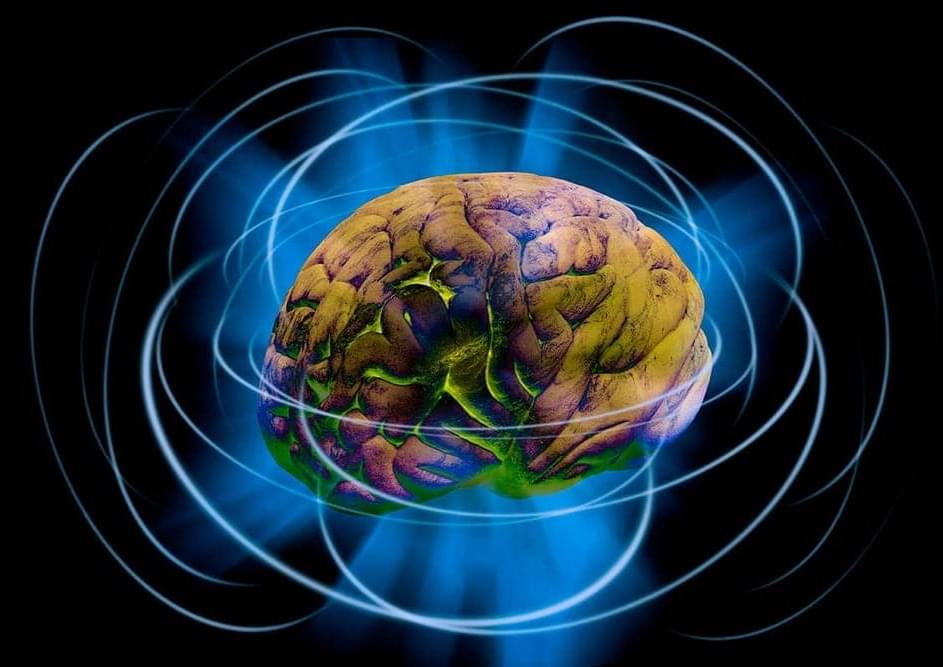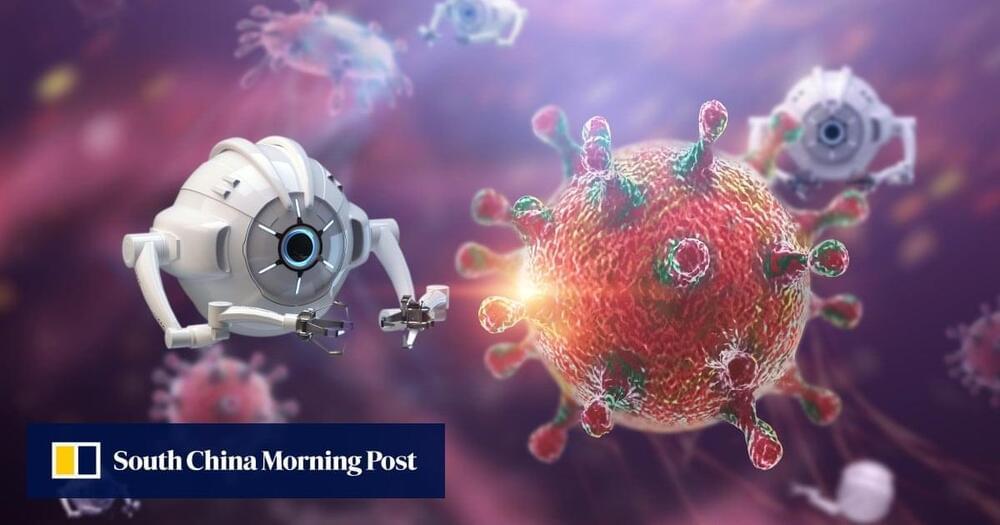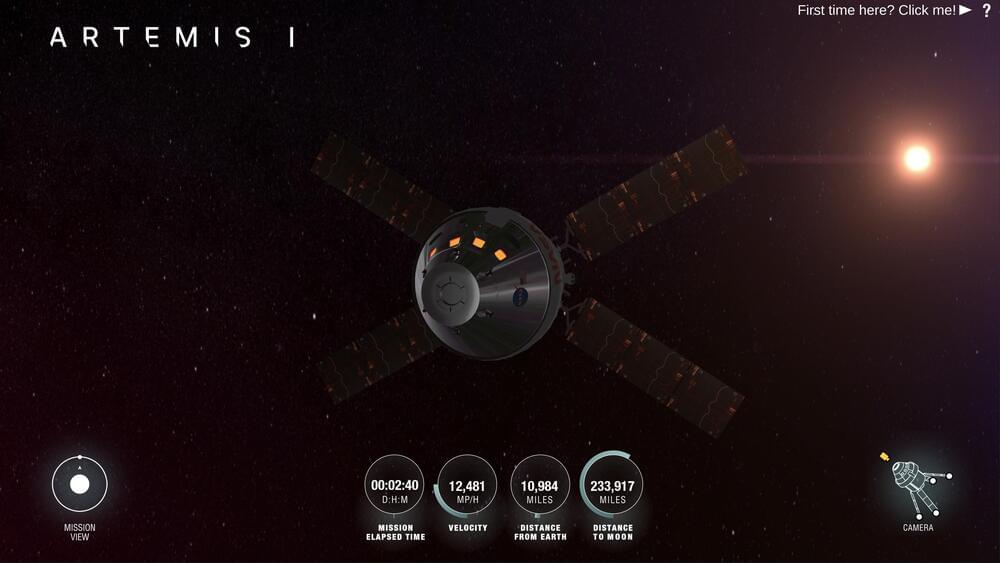Are we soon going to be traveling enormous distances via wormholes?
A team of scientists from the University of Sofia in Bulgaria believes they have discovered a new method for detecting wormholes — though they still only exist in theory.
Wormholes are theorized shortcuts through space and time. Sci-fi depictions traditionally show a spacecraft traveling through a wormhole, or creating one, to traverse immense distances to far-off regions of the universe in a short amount of time.
The issue is that black holes and wormholes look very similar, and we have barely developed the technology required to directly observe the former. Now, a team of scientists believes its mathematical model can help to tell the two apart, a report from New Scientist reveals.






